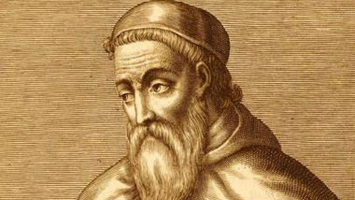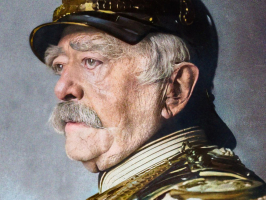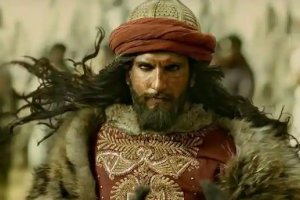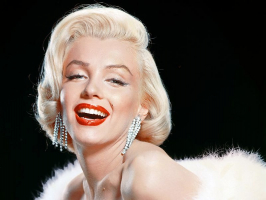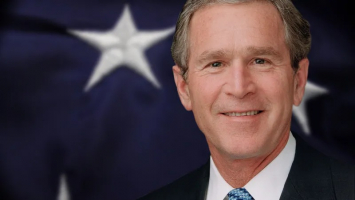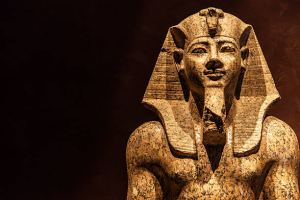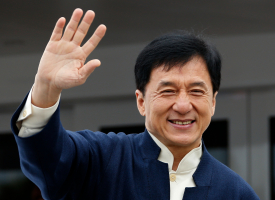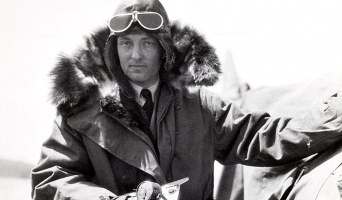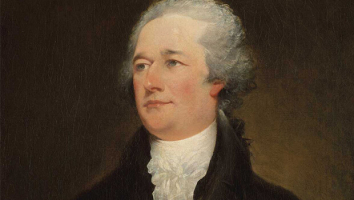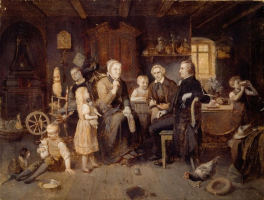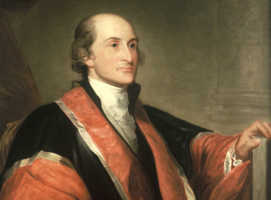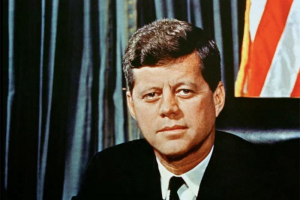Top 9 Facts about Neil Armstrong
American astronaut and aeronautical engineer Neil Alden Armstrong, who died on August 25, 2012, was the first person to set foot on the moon. He was born on ... read more...August 5, 1930. In addition, he was a test pilot, university professor, and navy aviator. To explore more about him, let's read some facts about Neil Armstrong with Toplist!
-
The first one in the list of facts about Neil Armstrong is that he could fly planes before getting driver’s license. Michael Collins and Buzz Aldrin were also born during the Great Depression, as was Neil Armstrong. He did not originate from a military family, in contrast to his moon landing teammates; instead, his father worked as an auditor for the state of Ohio. Armstrong's family relocated 16 times during his childhood due to his father's employment before landing in Wapakoneta, Ohio. Armstrong had a gift for establishing close friends right away no matter where he went, despite the fact that he was shy and reticent and remained so his whole life. When he was five years old, he took his first flight, a memorable trip with his father over the town where they lived. Armstrong's father was worried about crashing, but the young kid calmly pondered the world below.
The curious boy's interest in aviation was piqued at that point. His bedroom ceiling was soon covered in innumerable paper models, and he even constructed a wind tunnel to determine which form was most aerodynamic. He also showed his intelligence by passing the third grade and attaining Eagle Scout, the highest rank in the Boy Scouts. When he was 6 years old, his father took him flying in the Tin Goose, a Ford Trimotor aircraft. He gained enough flying experience by the age of 15 to operate a cockpit with assurance. When Armstrong turned 16 years old, he already had his student flight certificate and wasn't even old enough to be a licensed driver.
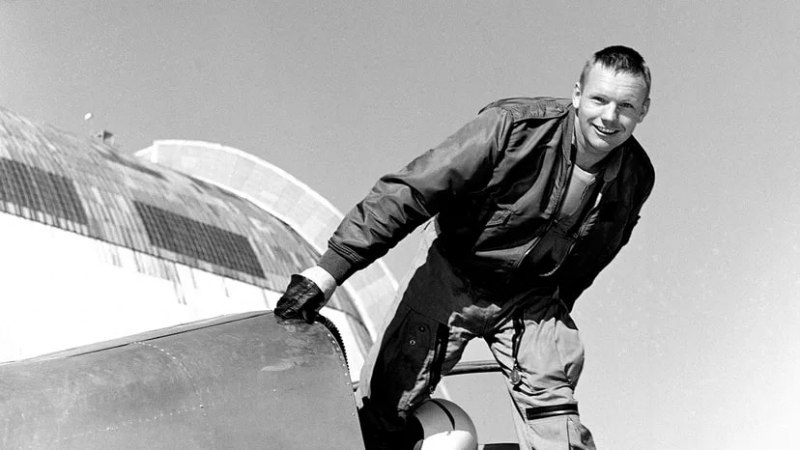
Photo: HowStuffWorks 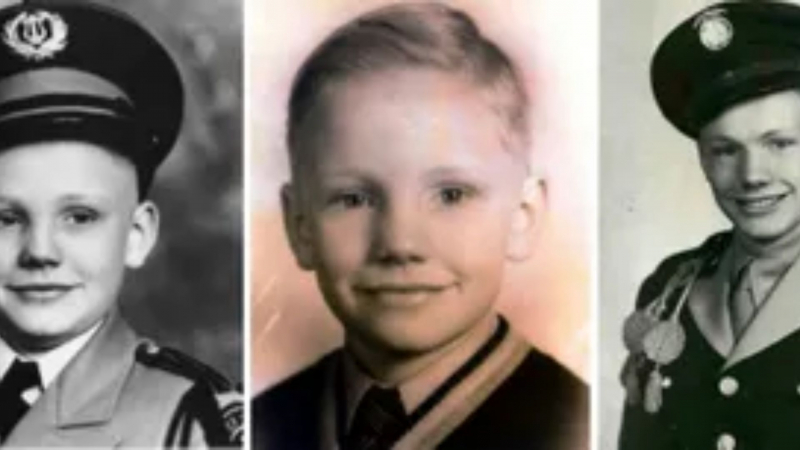
Photo: Be An Inspirer -
Armstrong graduated from Purdue University with a degree in aeronautical engineering after the US Navy paid his tuition as part of the Holloway Plan to upgrade the training of US navy commanders. Soon after receiving his training, he flew the Grumman F9F Panther from the aircraft carrier USS Essex during the Korean War. Armstrong, a U.S. Navy pilot, participated on 78 combat missions during this war.
In 1952, he quit the military and went back to school. Armstrong joined the National Advisory Committee for Aeronautics (NACA), which later changed its name to the National Aeronautics and Space Administration, a few years later (NASA). He performed a variety of tasks for this government agency, including acting as a test pilot and an engineer. He tested a variety of fast planes, including the X-15, which had a top speed of 4,000 mph.
On February 25, 1952, Armstrong's regular commission was revoked, and he was appointed an ensign in the US Navy Reserve. In May 1952, after serving with Essex in battle, he was transferred to a transport squadron, VR-32. On August 23, 1952, he was taken off active duty. He stayed in the reserve, though, and on May 9, 1953, he was promoted to lieutenant (junior grade). He continued to fly as a reservist, first with VF-724 at the Naval Air Station in Glenview, Illinois, and later, after relocating to California, with VF-773 at the Naval Air Station in Los Alamitos. On October 21, 1960, he resigned his commission after eight years in the reserve.
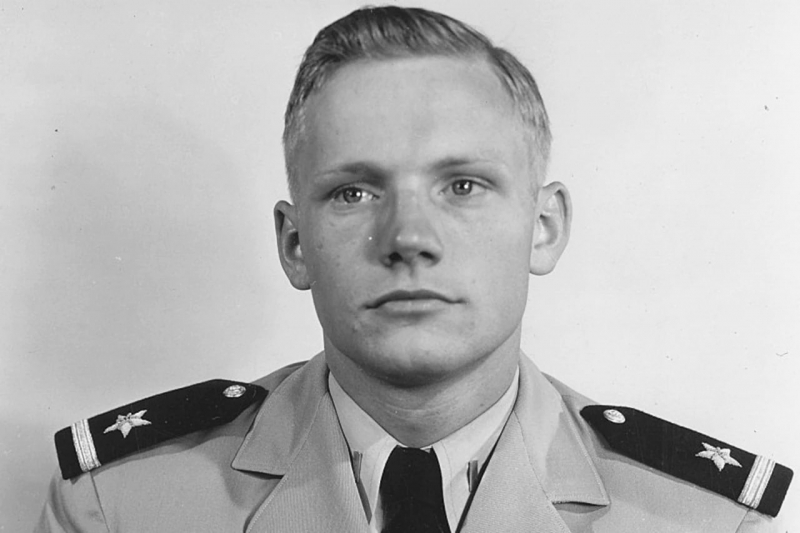
Photo: Department of Defense 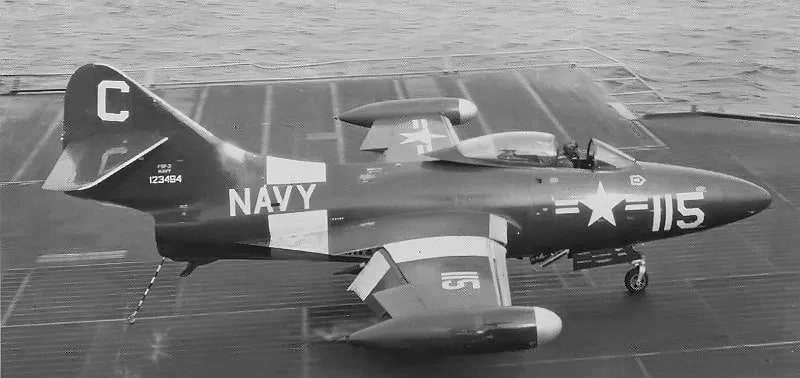
Photo: WIRED -
For Project Gemini, a potential two-man spacecraft, NASA began accepting applications for the second set of NASA astronauts in April 1962. This time, certified civilian test pilots were eligible for selection. In May 1962, Armstrong paid a visit to the Seattle World's Fair and went to a NASA-sponsored symposium there on space exploration. On June 4, after his return from Seattle, he submitted an application to become an astronaut. Armstrong's application was received approximately a week after the June 1, 1962, deadline, but Dick Day, a flight simulator specialist with whom Armstrong had previously worked closely, noted the delay and tucked it away before anyone noticed. Armstrong completed a medical examination at Brooks Air Force Base at the end of June, which many of the applicants characterized as uncomfortable and occasionally appearing meaningless.
Armstrong was contacted by NASA's Director of Flight Crew Operations, Deke Slayton, on September 13, 1962, and asked whether he would be interested in joining the NASA Astronaut Corps as one of what the media termed "the New Nine." Armstrong answered the phone without hesitation. Although newspaper rumors had been circulating since earlier that year that he would be chosen as the "first civilian astronaut," the picks weren't made public until three days later. Elliot See, another former navy aviator, and Armstrong were the other two civilian pilots chosen for this squad. NASA chose the second group, which was younger and had more academic credentials than the Mercury Seven astronauts. Armstrong was clearly the Astronaut Corps' most seasoned test pilot, according to Collins. That’s all about the third fact about Neil Armstrong.

Photo: NASA 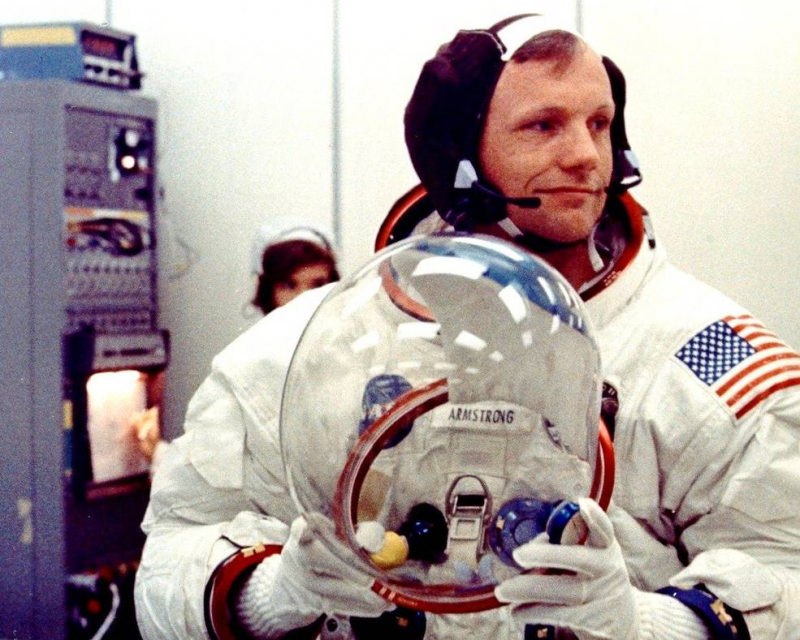
Photo: The Master of Speed -
On September 20, 1965, the Gemini 8 crew assignments were made. The backup crew for one flight would have been the primary crew for the third mission in the standard rotation method, but Slayton chose David Scott to be the Gemini 8 pilot. After being chosen on October 18, 1963, Scott became the first of the third set of astronauts to be assigned to a prime crew. See was chosen to pilot Gemini 9. From that point forward, a member of Armstrong's team would command each Gemini mission, with a member of Scott's team serving as the pilot. This time, Richard F. Gordon Jr. would fly Armstrong, and Conrad would serve as his backup.
Armstrong became the first American citizen in space on the Gemini 8 mission and Valentina Tereshkova, from the Soviet Union, had already made history three years earlier as the first civilian and woman in space. Despite being the most challenging mission to date, the Gemini program accomplished the first-ever docking of two spacecraft. However, the ship began to spin so quickly during the docking process that it was turning once every second. When Armstrong reluctantly activated the reentry control system, the astronauts knew they had to end their mission and return to Earth right now.
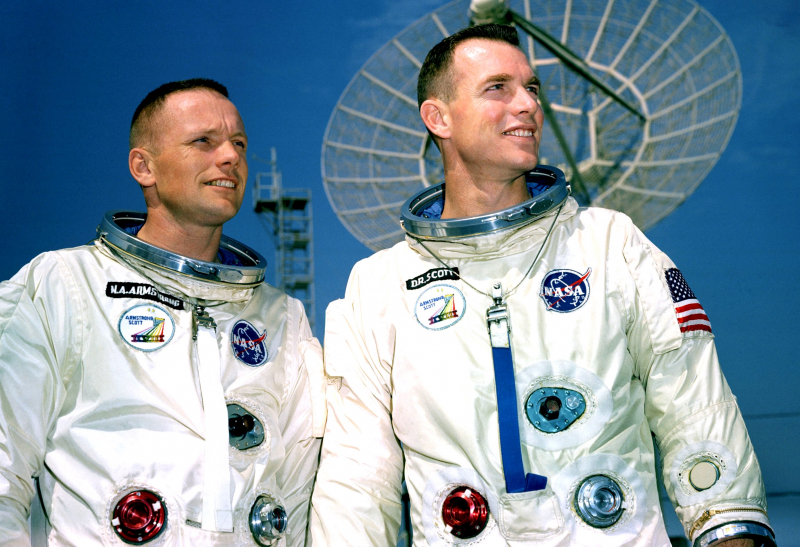
Photo: NASA 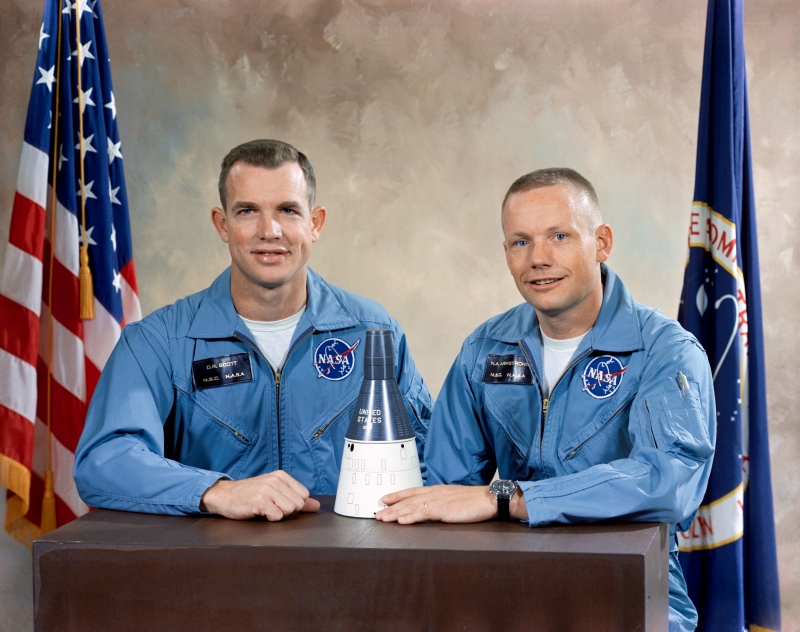
Photo: Wikimedia Commons -
The following fact about Neil Armstrong Toplist wants to mention is that he almost died in 1968. NASA ordered a pair of Lunar Landing Research Vehicles so that the crew could practice landing the Lunar Module. The practice spacecraft, sometimes known as "Flying Bedsteads," were designed to simulate the lunar environment's lower gravity for astronauts.
Armstrong's controls began to fail on May 6, 1968, at a height of 100 feet (30 m), and the LLRV started to roll. Before the car hit the ground and caught fire, he safely ejected. He might not have had time for his parachute to open if he had taken off half a second later, according to later study. Biting his tongue was the only thing that hurt him. The LLRV was totally obliterated. Armstrong stated that even though he came dangerously close to death, the lunar landings would not have been accomplished without the LLRV and LLTV because they provided commanders with crucial training in operating the lunar landing vehicle.
Analysis revealed that Armstrong's parachute would not have opened in time to save his life if he had taken off only a fraction of a second later.
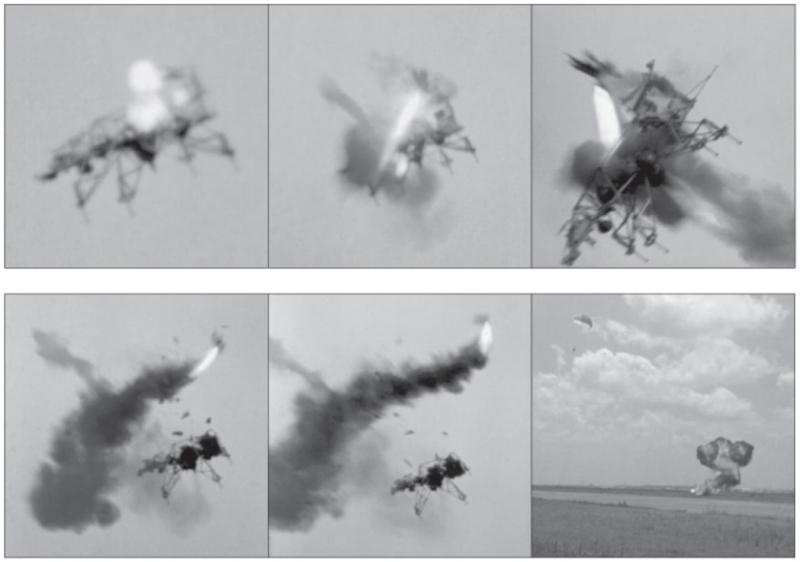
Photo: Forbes 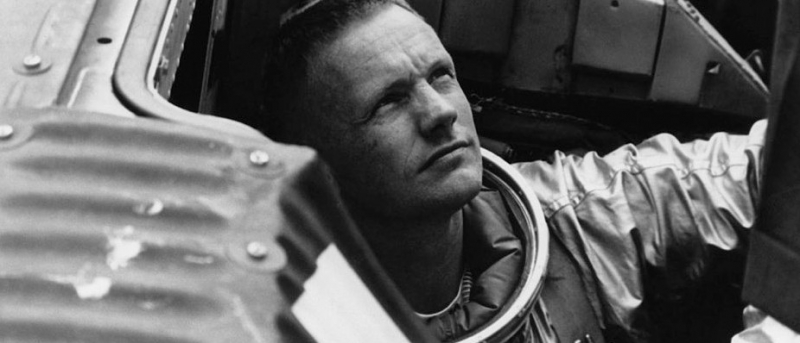
Photo: BBC Science Focus Magazine -
On July 16, 1969, at 13:32:00 UTC, a Saturn V rocket at the Kennedy Space Center launched Apollo 11 from Launch Complex 39A. (09:32:00 EDT local time). From a yacht docked on the Banana River, Janet Armstrong, Armstrong's wife, and their two kids observed. Armstrong's heart rate reached a maximum of 110 beats per minute during the launch. The first stage, which was more noisier than the Gemini 8 Titan II launch, was the loudest in his opinion. In comparison to the Gemini spacecraft, the Apollo command module was relatively spacious. The Apollo 11 crew did not experience space sickness, unlike some members of earlier crews. Armstrong was especially happy about this because he had a history of motion sickness as a child and occasionally felt queasy after engaging in prolonged aerobatics.
The goal of the Apollo 11 mission was to successfully land a lunar module. At 02:56 UTC (Universal Coordinated Time), on July 21, Armstrong placed his left boot on the lunar surface. Buzz Aldrin joined him 19 minutes later, and the two of them immediately began testing how people could move about on the Moon. Before Armstrong ventured to East Crater, 65 meters from the Lunar Module, they also placed a plaque and the American flag. Before returning to Eagle, Armstrong and Aldrin left a package for the Apollo 1 astronauts who had perished in a horrific disaster during the 1967 Moon landing attempt, as well as for Soviet cosmonauts Yuri Gagarin and Vladimir Komarov.
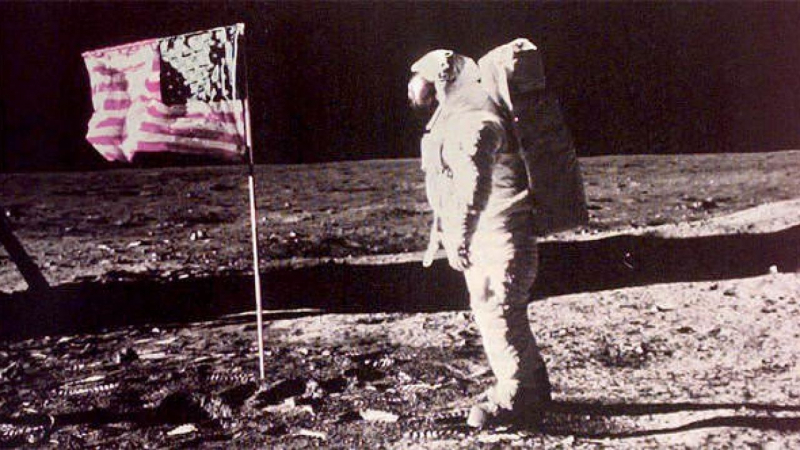
Photo: Universe Today Source: NTD -
His famous line on the moon was misheard is the next fact about Neil Armstrong.That's one little step for man, one great leap for mankind, Neil Armstrong stated as he descended the Eagle's ladder onto the Moon. Before they even landed, he made the decision to use this now famous line. It was broadcast to an estimated 530 million viewers around the world. Armstrong and NASA later argued that he actually said, "That's one modest step for a man," claiming that the 'a' was either dropped due to the way he spoke or lost in transmission. "In a helmet, you realize that many syllables are lost. A short syllable like "a" may not always be transferred. I can't hear it when I listen to it, though. However, since the 'a' is inferred, I don't mind if they merely write it in parenthesis.
Armstrong was initially confident that he used the indefinite article correctly, but he later admitted at a 30-year anniversary celebration in 1999 that he couldn't hear himself say the letter "a" in the audio recording of his moonwalk transmission. However, computer programmer Peter Shann Ford may have defended Armstrong in 2006. Ford obtained the moon man's audio statement from a NASA website and examined it using a program that enables people with disabilities to interface with computers by sending nerve impulses. Ford claimed to have discovered proof that the missing "a" had actually been spoken in a graphic representation of the sentence's sound waves: there was a 35-millisecond sound bump between "for" and "man" that would have been too fast for human hearing to pick up.
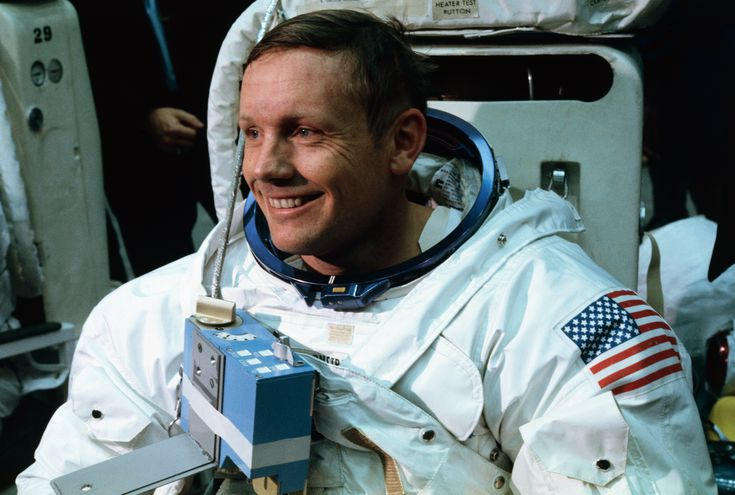
Photo: ThoughtCo 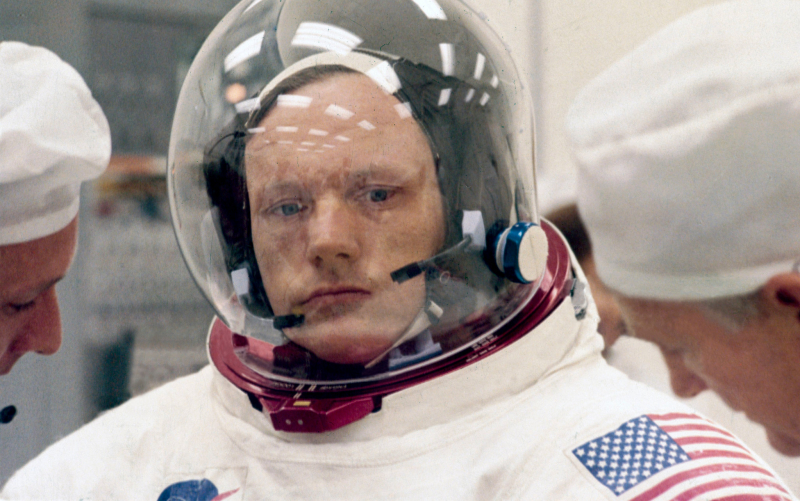
Photo: The New York Times -
Armstrong announced that he has no plans to fly in space again shortly after Apollo 11. He was assigned as the Office of Advanced Research and Technology Deputy Associate Administrator for Aeronautics, held the position for a year, and then left ARPA and NASA in 1971. He chose the University of Cincinnati over other schools, including his alma mater Purdue, for his teaching position because Cincinnati had a small aerospace department. He expressed his hope that the faculty there wouldn't be offended that he had gone straight into a professorship with only a USC master's degree. Years prior, when stationed at Edwards, he started his master's degree. After Apollo 11, he finished it by submitting a report on various aspects of Apollo rather than a thesis on the modeling of hypersonic flight.
Armstrong held the position of University Professor of Aerospace Engineering at Cincinnati. He designed the graduate-level courses in experimental flight mechanics and aircraft design while also taking on a significant teaching load. He was regarded as an excellent educator and a strict grader. He later regretted not including his work at NASA in his research pursuits during this period because he did not want to appear to be favoritism. Armstrong retired from teaching in 1980 after eight years of service.
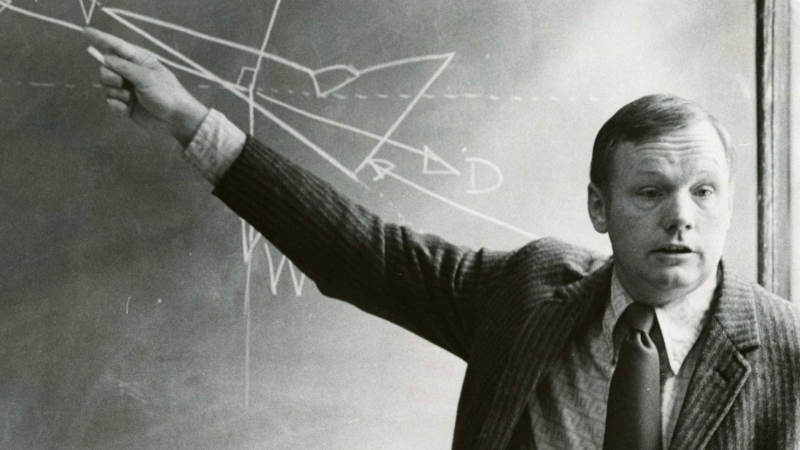
Photo: Twitter 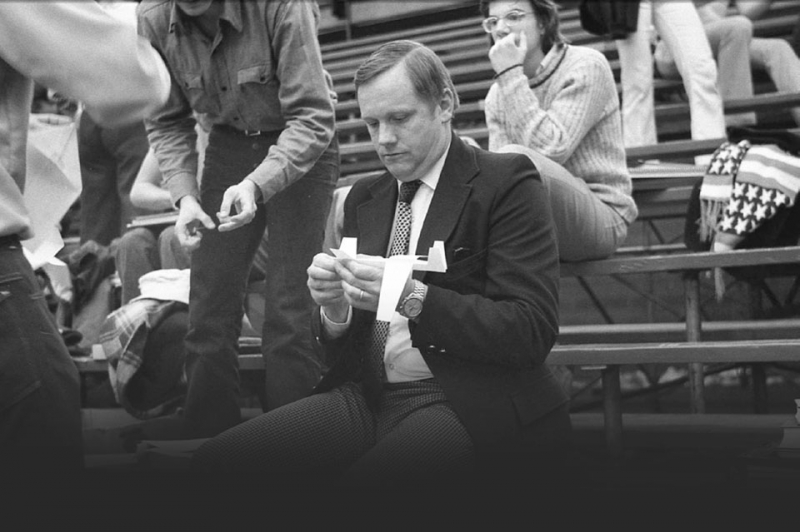
Photo: Google -
Mike Dunn, a seasoned expedition leader, planned a journey to the North Pole in 1985 for a group of individuals he considered to be the "best explorers." Armstrong, Edmund Hillary, Peter Hillary, Steve Fossett, and Patrick Morrow were among the group. They arrived at the North Pole on April 6, 1985. Now that they were securely at the top of the world, they opened a bottle of champagne, but before two glasses could be poured, it solidified. After visiting the South Pole in 1958, Hillary the Elder's voyage allowed him to reach the peak of Everest, making him the first person to stand on both poles.
Armstrong claimed that since he had only ever seen it from the Moon, he was curious to see how it appeared from the ground. He chose to keep the trip a secret, so he did not tell the media about it. The group had to stay in a hut for three days during a three-day whiteout after the weather turned bad on their way back to Ellesmere Island. The temperature dropped to 40 below zero, which was ideal for telling incredible tales while seated at a table with a cup of tea. This is also the ninth fact about Neil Armstrong we want to share with you.
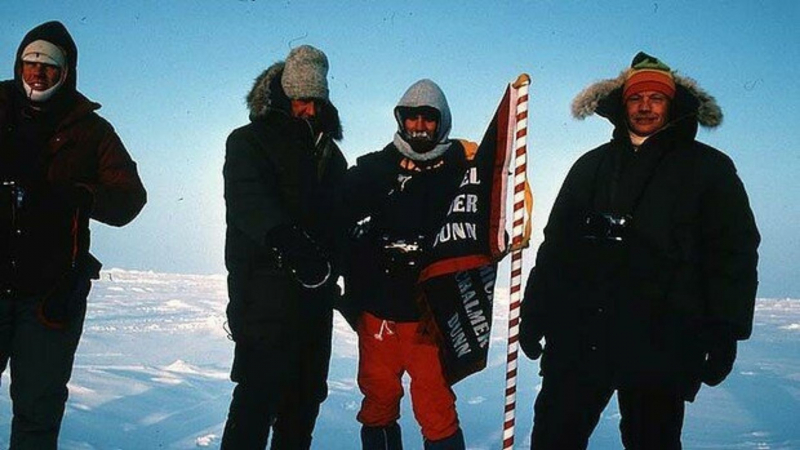
Photo: Atlas Obscura 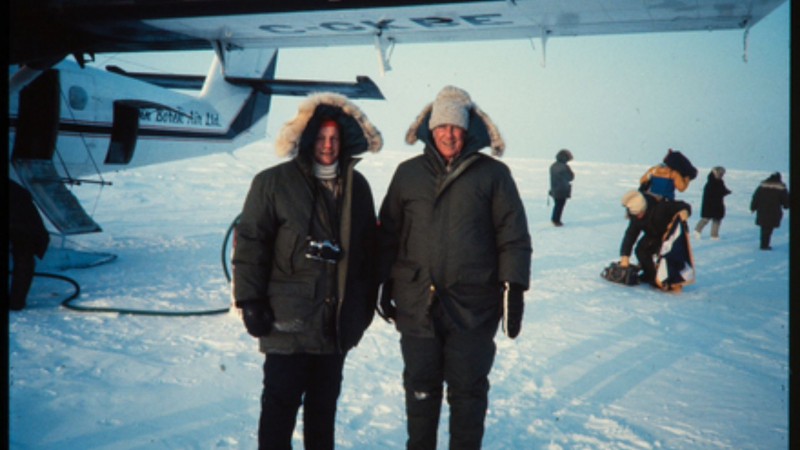
Photo: Auckland Museum















